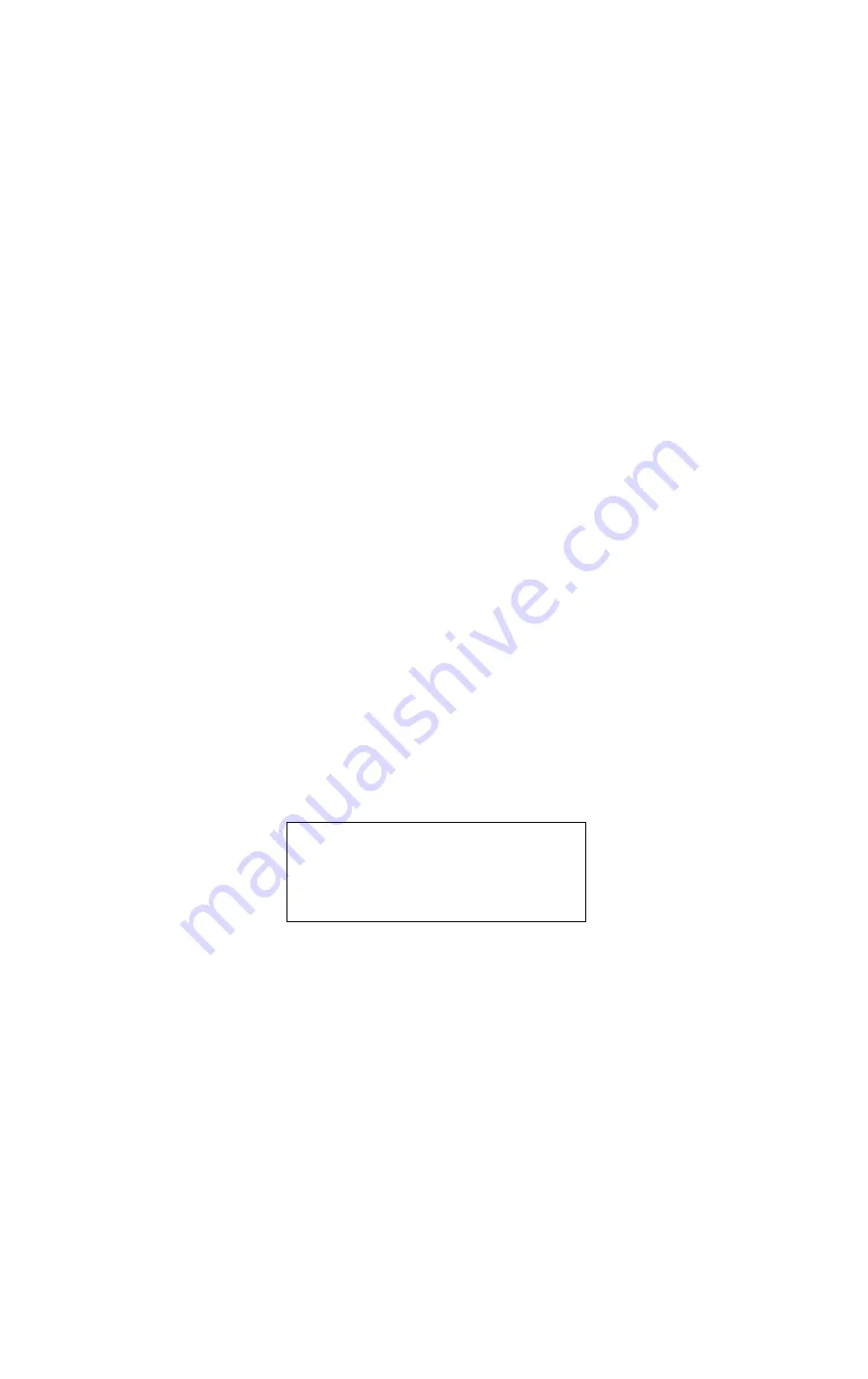
7
Moisture Encounter Plus
User Guide
e) As a rule of thumb and depending on climatic conditions,
exterior wood is generally considered safe for painting when
the moisture content is 14% or below. Wood below 10% is
generally considered suitable for painting indoors. (Always
check coating manufacturers recommendations).
f) The following moisture content levels are given as a guide
•
Furniture: 5% to 6% when used in locations of low
relative humidity and up to 10% to 11% may be
acceptable where the relative humidity is higher.
•
Indoors wood: 6% in low humidity areas. Up to 12% in
higher humidity locations.
•
Exterior wood: 10% to 15% depending on local
humidity levels.
•
Generally, wood moisture content in excess of 23% -
25% is susceptible to rot.
•
Wood moisture content in excess of 18% - 20% may
provide an environment for termite and wood-boring
insects to thrive and multiply. Wood at these high levels
can also support mold and biological growth.
•
Wood at 28% moisture content is considered to have
reached fiber saturation point.
g) Avoid taking readings on wood from the top of a stack stored
outside as these may be affected by surface moisture from
recent rain.
h) When taking readings in chemically treated wood, it is
advisable to allow for possible effects that the treatment may
have on readings.
Depth of field penetration
Depending on the density of the material being tested, the
instrument field can penetrate approximately 30mm (1
1
/
4
inches)
below the surface. When testing thin materials such as wood
veneers it is recommended that they are stacked to at least that
thickness.
www.
GlobalTestSupply
.com
Find Quality Products Online at:
sales@GlobalTestSupply.com































